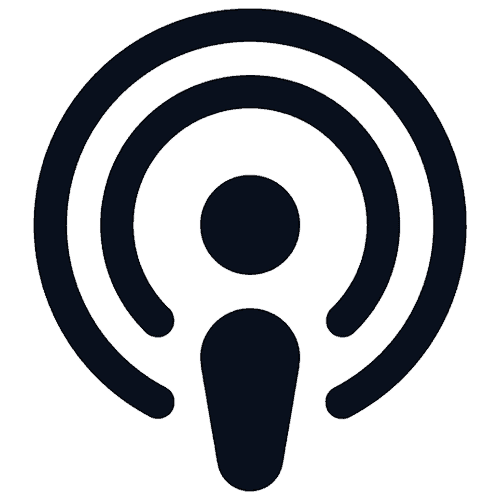History of Habit Change
- Habit formation dates back to Aristotle’s views on practice and moral habits.
- Pavlov’s classical conditioning showed how associations impact behavior.
- Skinner’s operant conditioning introduced reinforcement as a habit formation tool.
- The 20th century brought insights like cognitive dissonance and behavioral economics (e.g., Kahneman’s work on decision-making).
Neuroscience of Habits
- Two Systems of Thought: System 1 (automatic, effortless) and System 2 (deliberate, effortful).
- Brain Regions Involved: Basal ganglia (automatic behaviors), prefrontal cortex (decision making), hippocampus (memory), and amygdala (emotion-driven habits).
- Chemicals: Dopamine, Glutamate, and Norepinephrine
Effective Methods for Changing Habits
- Cue, Craving, Response, Reward: A habit loop where identifying triggers and rewards helps to rewire habits.
- Tiny Steps: Start with small, easily achievable actions.
- Habit Stacking: Attaching new habits to existing routines.
- Temptation Bundling: Pair a desirable activity with a new habit.
- Commitment Devices: Public commitments increase accountability.
Challenges in Changing Habits
- Excuses: Preparation for common excuses (e.g., social settings).
- Enablers: Managing social pressures and avoiding environments that promote old habits.
- Setbacks: Expecting setbacks and treating them as learning opportunities.
- Present Bias: Overcoming the focus on present gratification by visualizing future rewards.
Research-Based Practices
- Implementation Intentions: If-then plans for specific situations.
- Reinforcements and Rewards: Positive reinforcement strengthens desired behaviors.
- Gradual Progression: Starting small and scaling up over time.
- Social Support: Joining groups or finding accountability partners for sustained motivation.
Key Books Discussed
- Atomic Habits by James Clear
- Focus on small changes that compound over time to produce big results.
- The importance of systems over goals.
- Tiny Habits by BJ Fogg
- Emphasizes starting with small, easily achievable actions that build momentum.
- The Power of Habit by Charles Duhigg
- Explores the habit loop: cue, routine, and reward.
- How to Change by Katy Milkman
- Discusses the power of fresh starts and commitment devices in habit change.
Changing habits requires a strategic approach combining neuroscience, behavioral insights, and practical methods. Focus on small, consistent actions to create lasting change.
CHANGE HABITS: Breaking Bad Behaviours
How Dopamine Works: Understanding Your Brain’s Most Important Chemical
Podcast: Play in new window | Download





